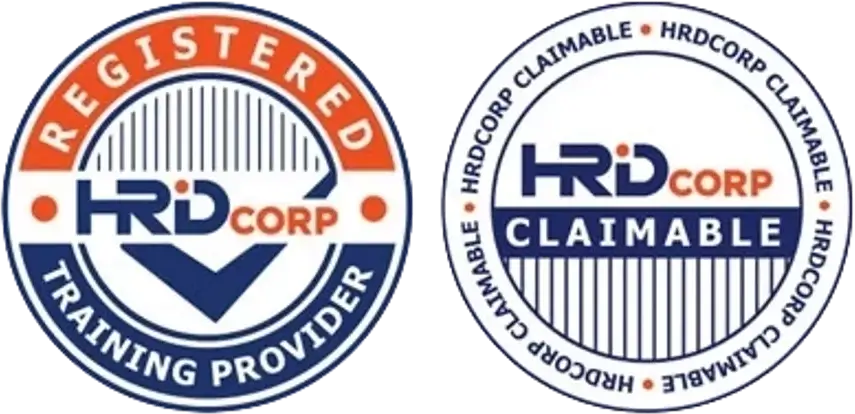What Are the HACCP Requirements?
Hazard Analysis and Critical Control Points (HACCP) is an internationally recognized system designed to ensure food safety. Understanding the key requirements is crucial for businesses looking to implement or maintain HACCP compliance. This blog breaks down HACCP requirements in a 70% point form format to improve SEO and readability.

Key HACCP Requirements
1. Developing a HACCP Plan
- Hazard Analysis:
- Identify potential biological, chemical, and physical hazards.
- Assess risks at each stage of the production process.
- Critical Control Points (CCPs):
- Determine points where hazards can be prevented, eliminated, or reduced.
- Critical Limits:
- Establish measurable limits for each CCP (e.g., temperature, pH levels).
- Monitoring Procedures:
- Create methods to monitor CCPs regularly.
- Corrective Actions:
- Define steps to address deviations from critical limits.
- Verification Procedures:
- Implement activities to confirm the HACCP system is effective.
- Record-Keeping and Documentation:
- Maintain detailed records of all HACCP-related activities.
2. Pre-Requisite Programs (PRPs)
- Good Manufacturing Practices (GMPs):
- Include sanitation, hygiene, and facility maintenance.
- Standard Operating Procedures (SOPs):
- Define routine tasks to ensure consistency and safety.
- Supplier Control:
- Verify that raw materials meet safety standards.
- Traceability:
- Maintain systems to trace products back to their source.
3. Staff Training
- Provide HACCP training for all employees involved in food production.
- Ensure staff understand their roles in maintaining food safety.
4. Regulatory Compliance
- Align with national and international food safety regulations.
- Adhere to standards set by organizations like Codex Alimentarius, FDA, or EU regulations.
Steps to Implement HACCP Requirements
1. Assemble a HACCP Team
- Include members with diverse expertise (e.g., production, quality control).
- Ensure team members are trained in HACCP principles.
2. Describe the Product
- Outline the ingredients, processes, and storage conditions.
- Identify intended use and consumers of the product.
3. Construct a Flow Diagram
- Map out every step of the production process.
- Verify the flow diagram on-site to ensure accuracy.
4. Conduct a Hazard Analysis
- Identify hazards at each step in the flow diagram.
- Assess the likelihood and severity of risks.
5. Establish CCPs and Critical Limits
- Use a decision tree to identify CCPs.
- Set quantifiable limits for monitoring.

Why Are HACCP Requirements Important?
1. Ensures Food Safety
- Minimizes risks of contamination and foodborne illnesses.
2. Compliance with Laws
- Avoids legal penalties and ensures market access.
3. Builds Consumer Trust
- Demonstrates a commitment to quality and safety.
4. Improves Operational Efficiency
- Reduces waste and recalls by identifying potential issues early.
Meeting HACCP requirements is essential for any food business aiming to ensure safety and build trust with consumers. By following the principles outlined above, companies can effectively manage risks, comply with regulations, and enhance their operational efficiency. Implementing HACCP may require effort, but the long-term benefits make it a worthwhile investment.


